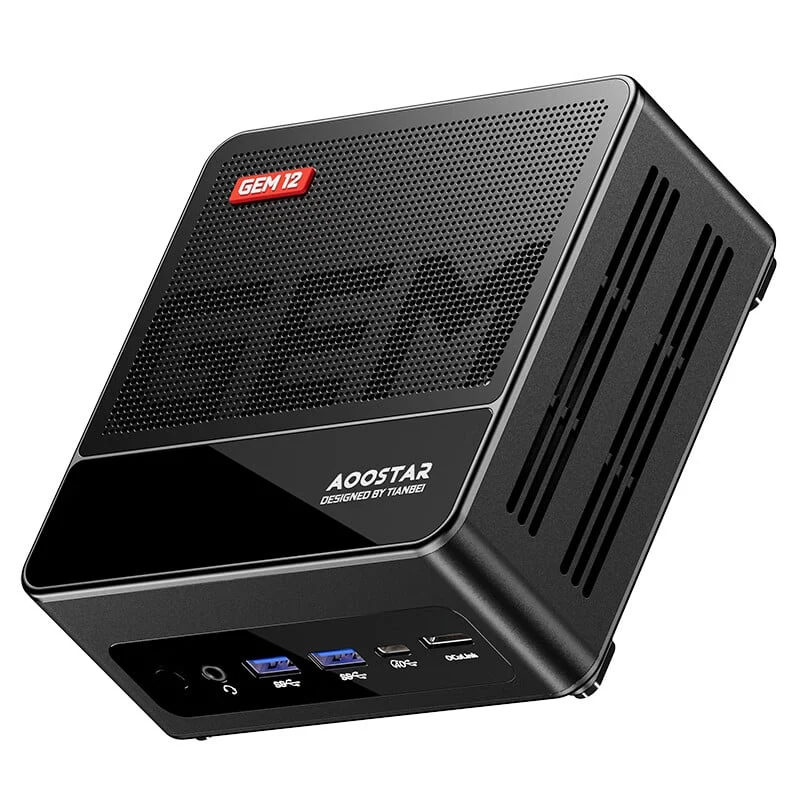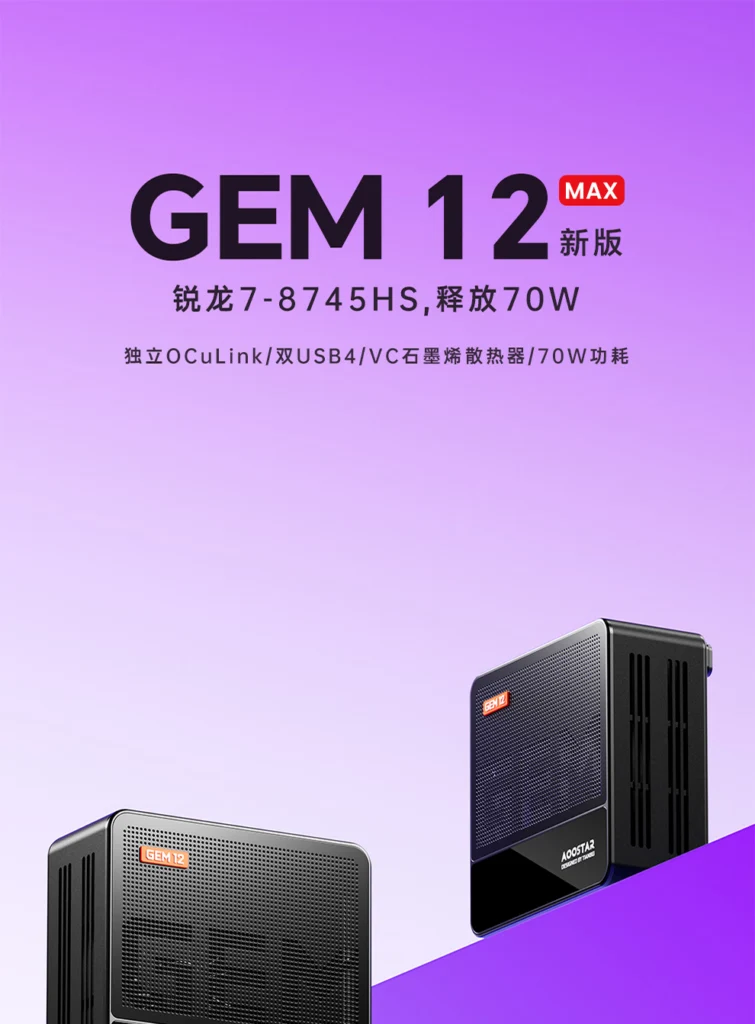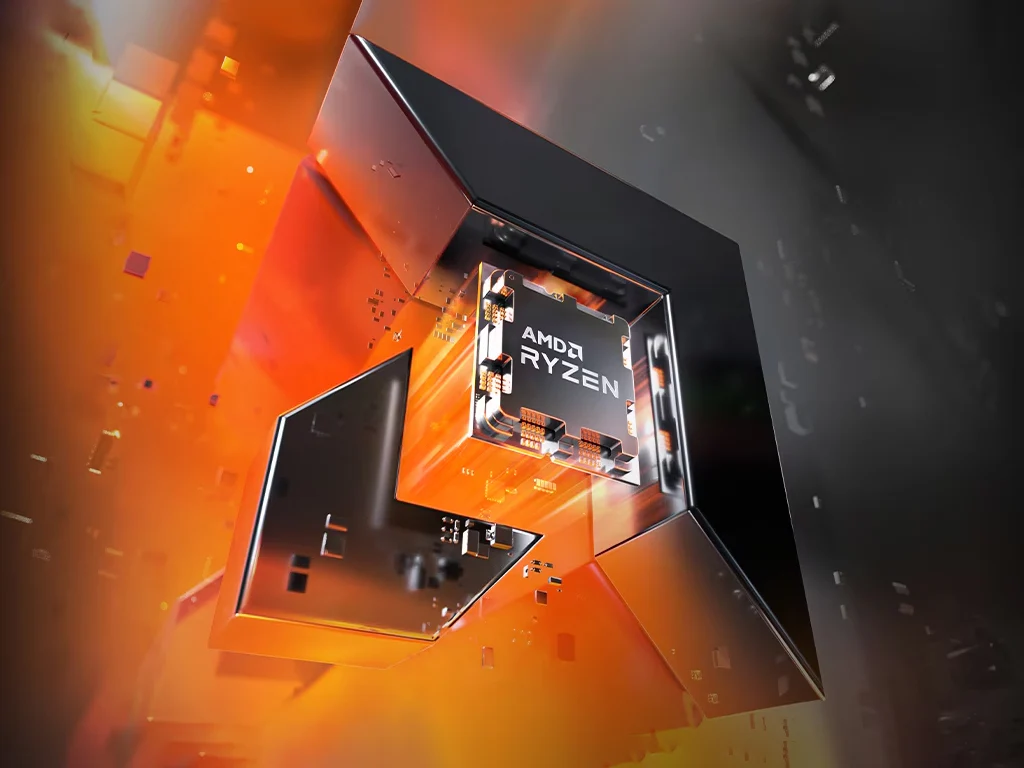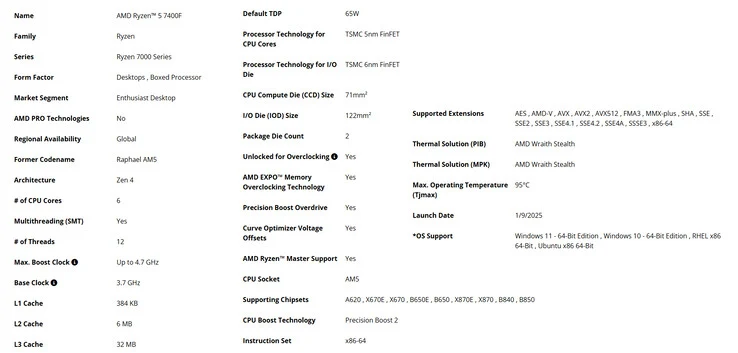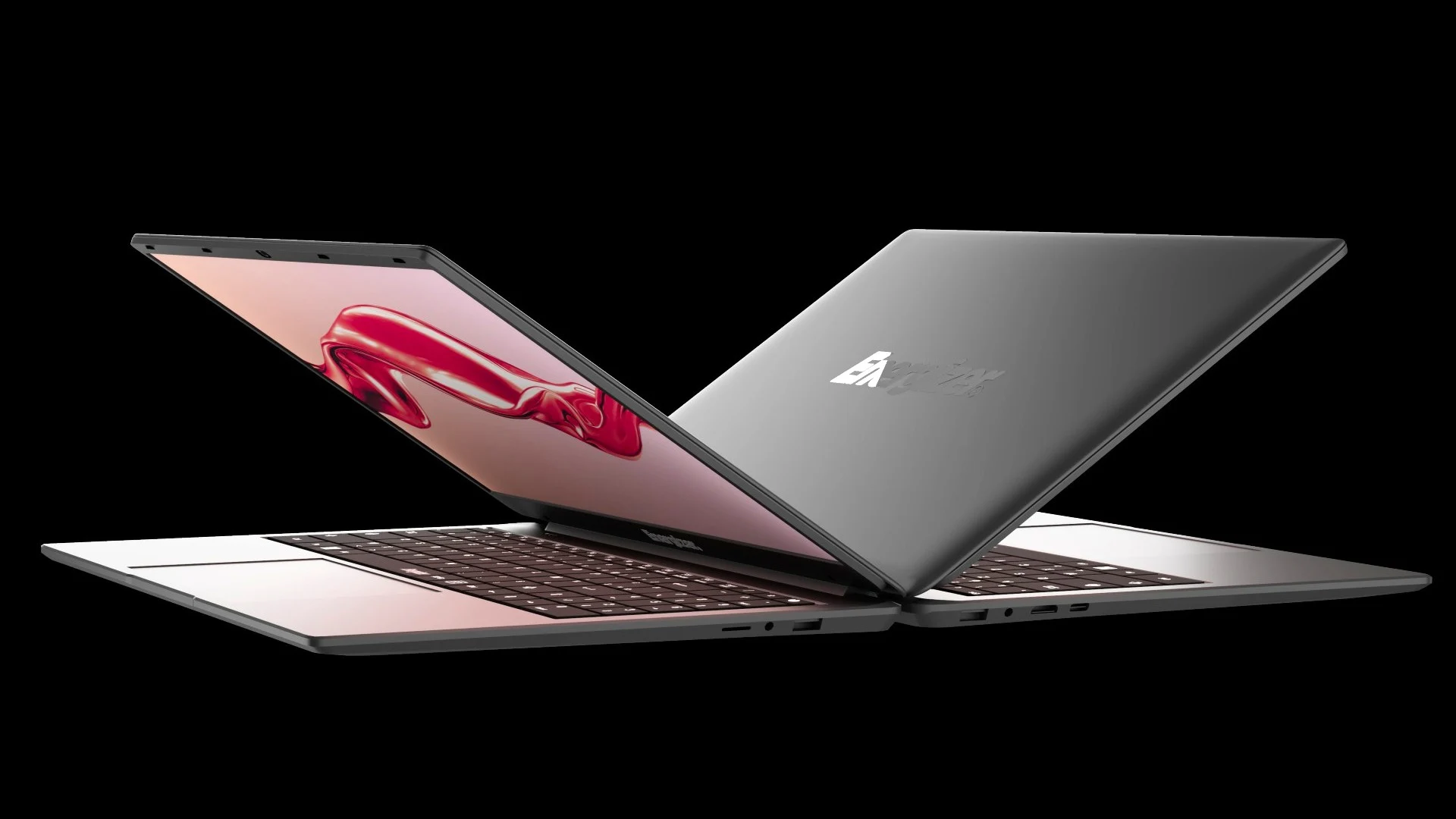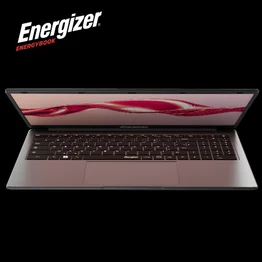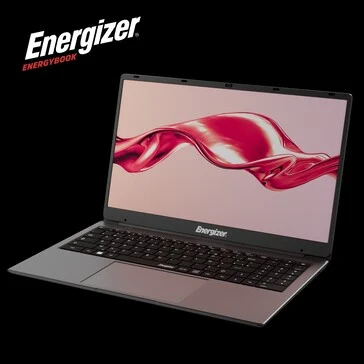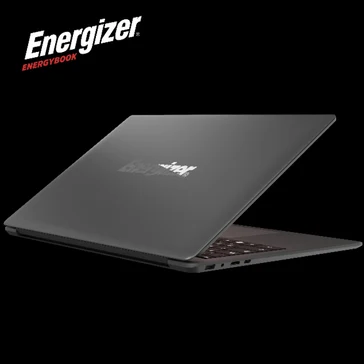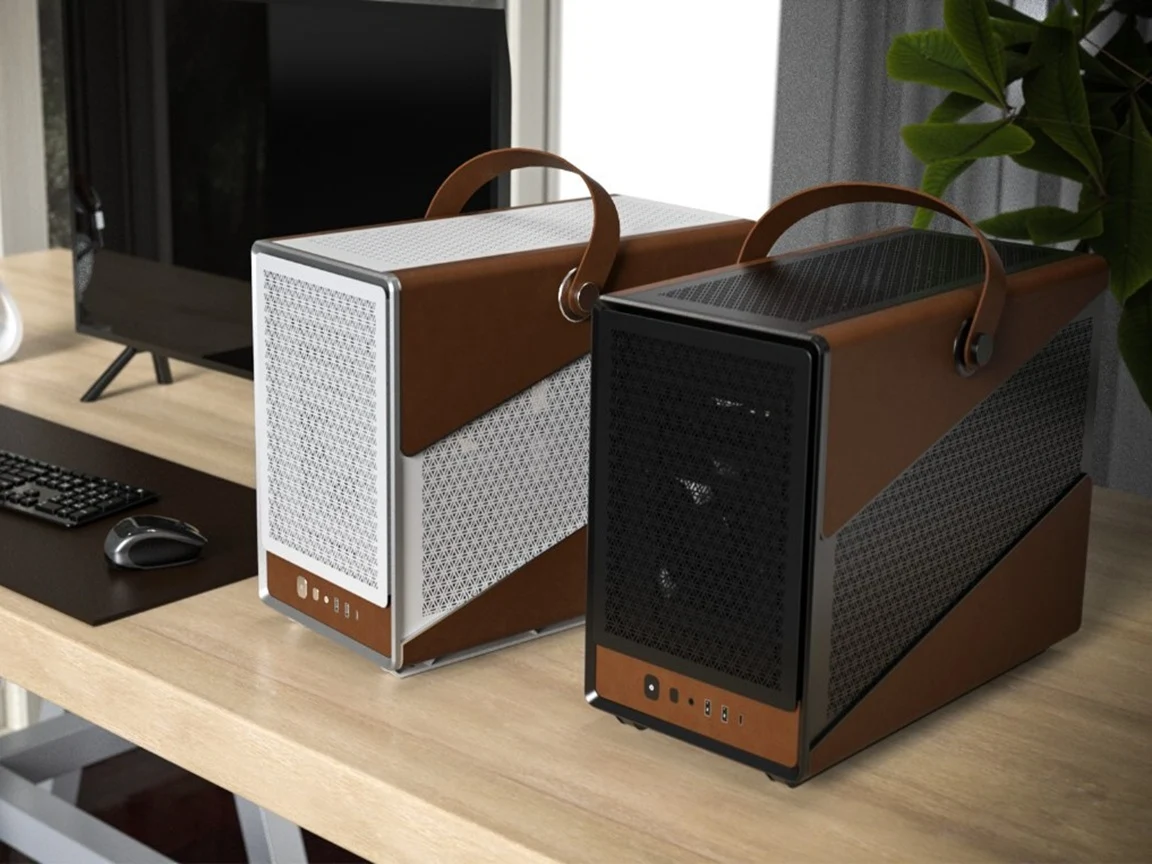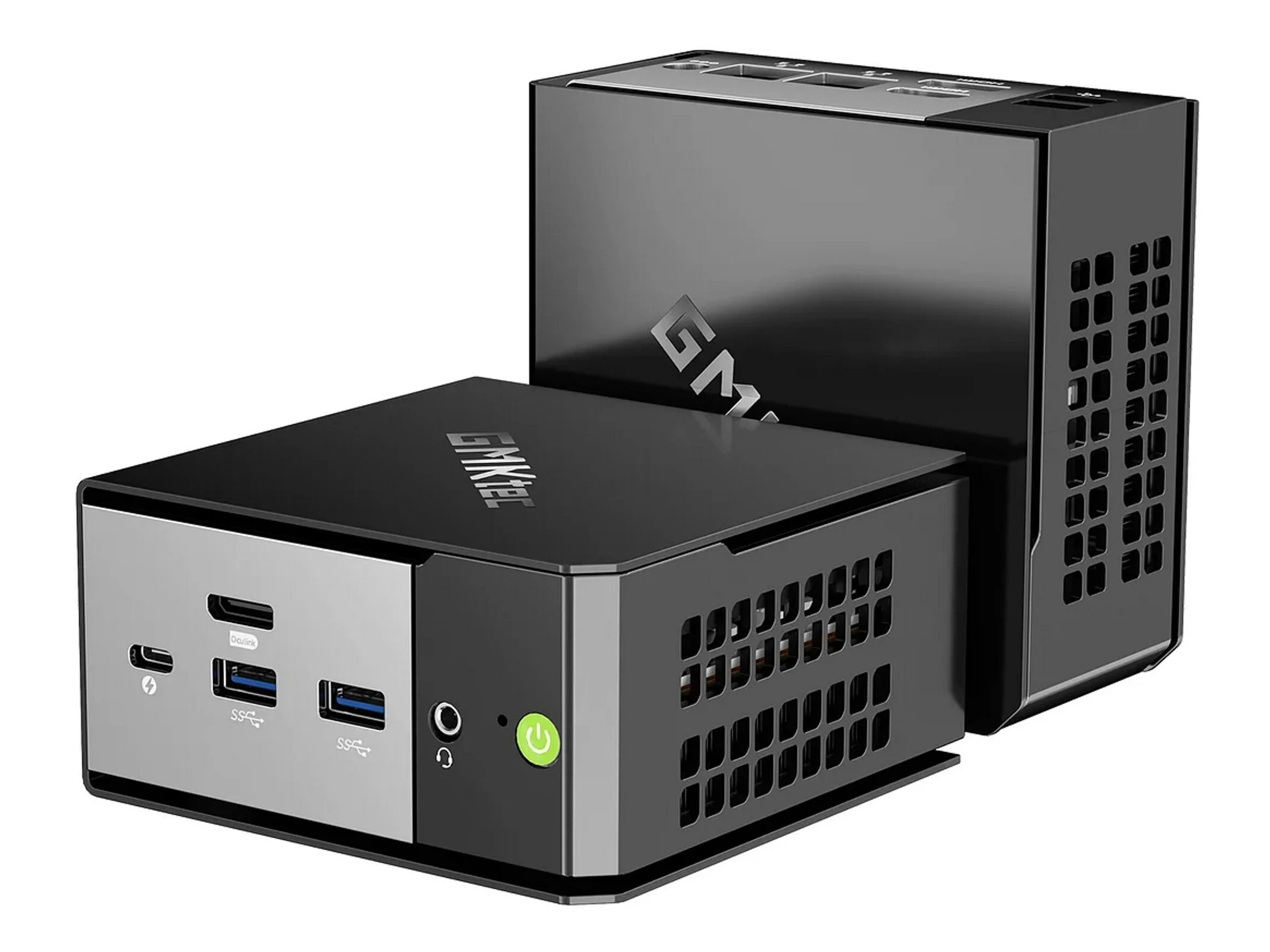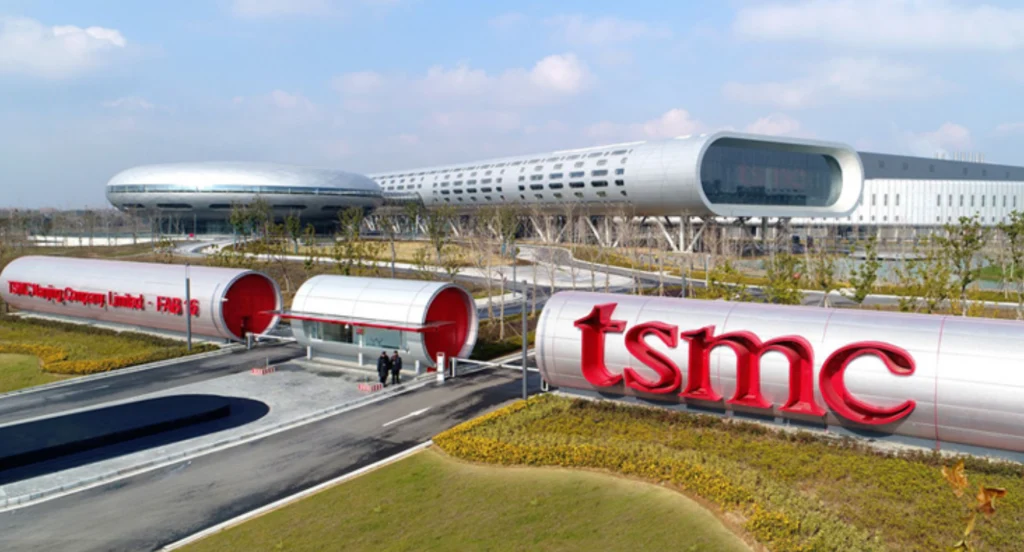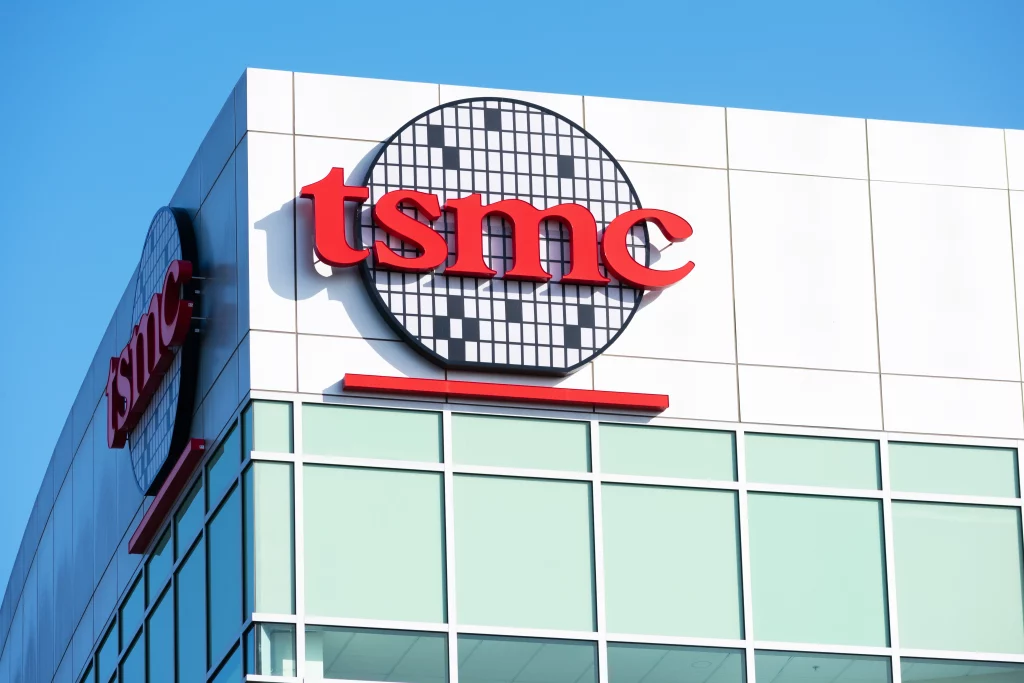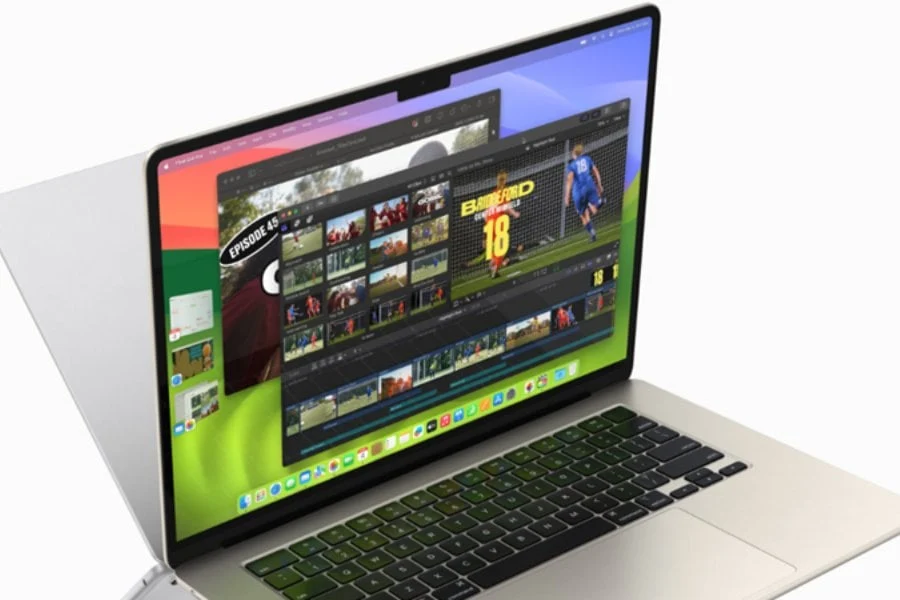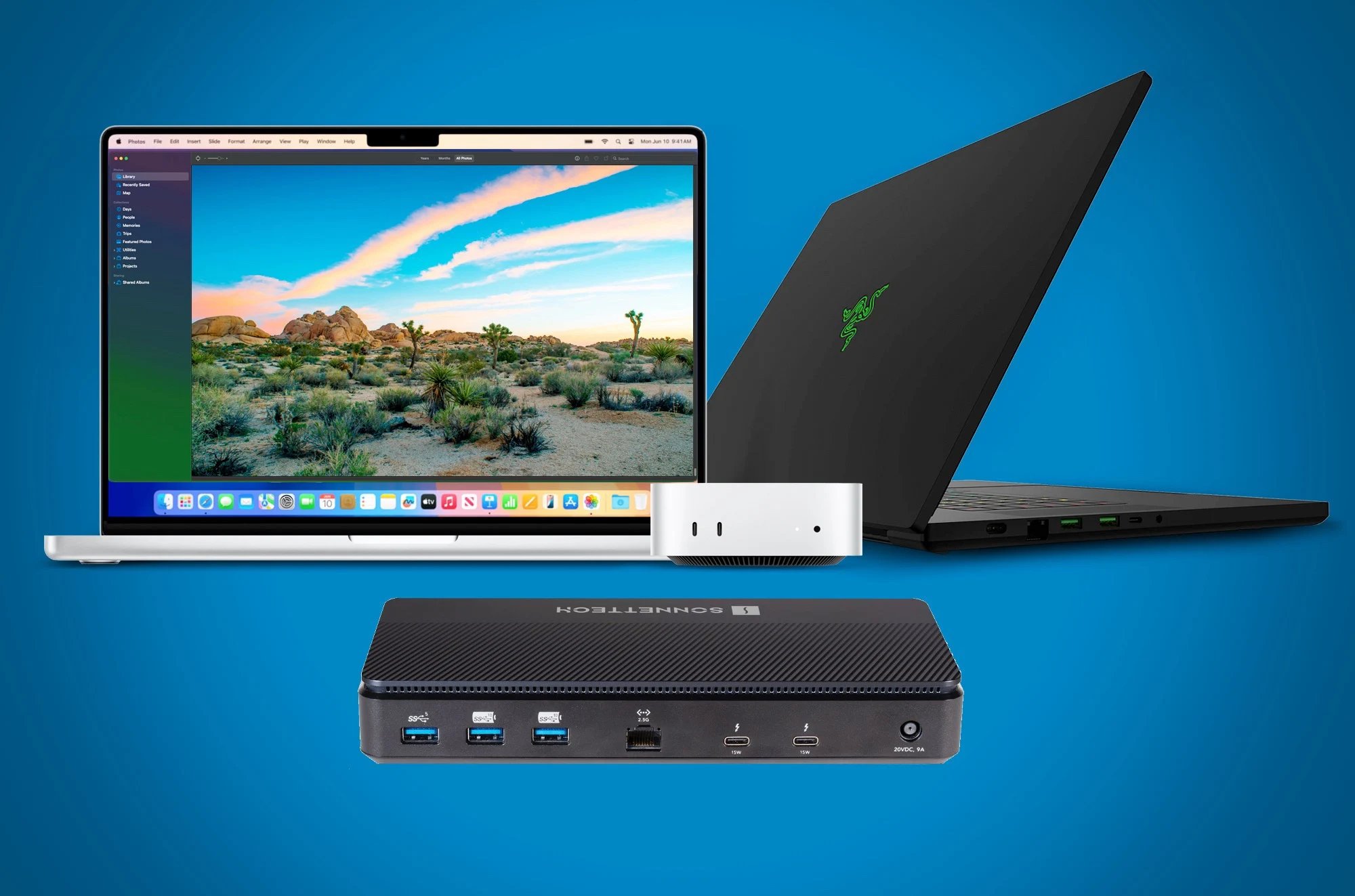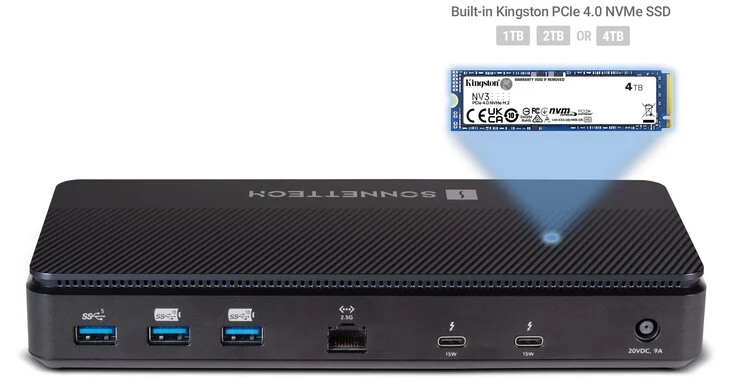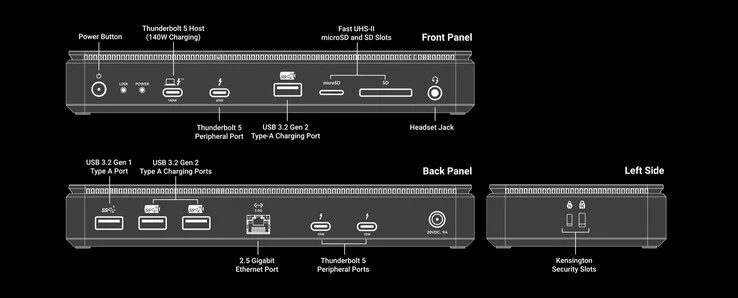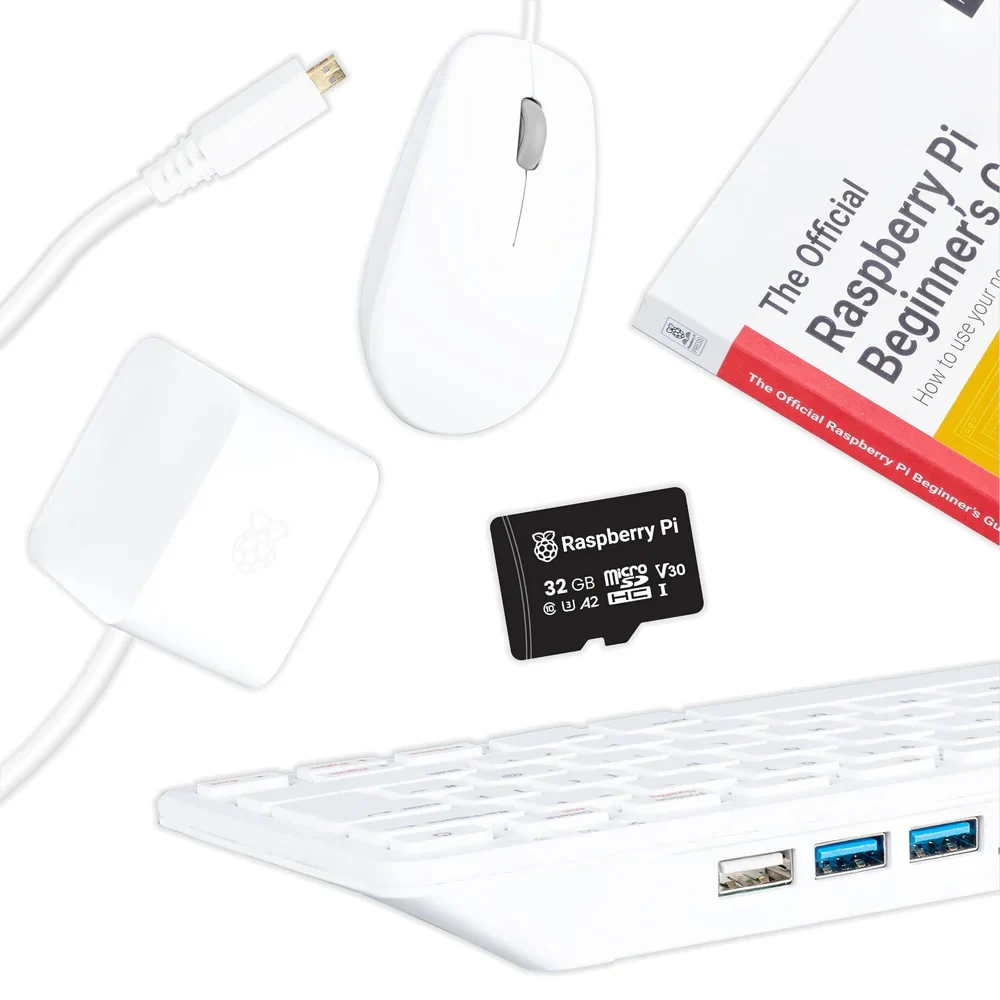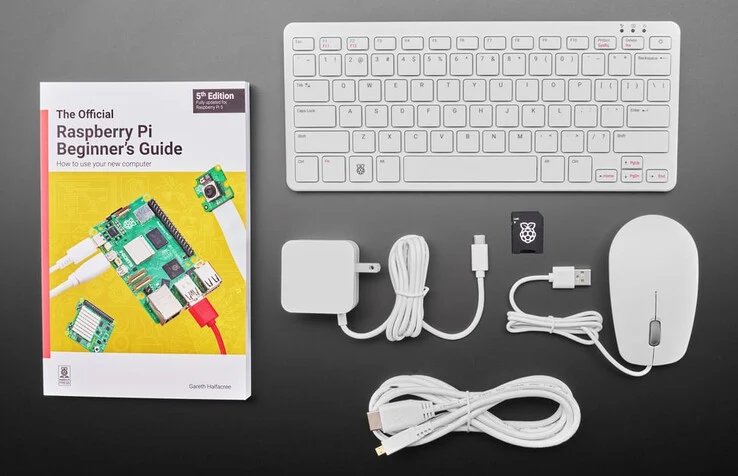Aoostar has launched its newest mini PC, the GEM 12 Max, which is driven by the AMD Ryzen R7-8745HS chip. The starting price for this mini PC is 1,959 yuan ($267), and it’s currently available for purchase on JD.com. Let’s take a look at its main specifications.
Overview of the GEM 12 Max
This mini PC has a sturdy CNC-machined aluminum frame, weighing only 0.66 kg, and its small size (13 cm x 13 cm x 6 cm) makes it portable and easy to save space. The AMD Ryzen 7 8745HS processor is built on the advanced Zen 4 architecture. This powerful processor offers 8 cores and 16 threads, with a peak clock speed of 4.9 GHz, providing impressive computing performance.
Graphics and Memory
The GEM 12 Max includes Radeon 780M integrated graphics, which is based on RDNA3 architecture and has 12 GPU cores. This configuration allows for smooth gaming experiences, ray tracing support, and strong rendering abilities for creative projects. The device can handle dual-channel DDR5 memory, supporting up to 96GB and speeds reaching 5600 MHz, which is great for tackling demanding tasks.
Storage and Connectivity
For storage, the GEM 12 Max is equipped with two M.2 2280 PCIe 4.0 x4 slots, allowing for speedy SSD performance and the option to expand storage capacity to 2TB. It also features an independent OCuLink interface for external graphics or disk arrays, which helps free up NVMe slots and offers great expansion capabilities.
When it comes to connectivity, this mini PC includes dual USB4 ports with 40Gbps bandwidth, two 2.5Gbps Ethernet ports, Wi-Fi 6, and Bluetooth 5.2. It can support up to 4K at 120Hz across four displays using HDMI 2.1 and DisplayPort 1.4, which is ideal for multitasking and creative work. Additionally, the device has a VC graphene heatsink and an advanced cooling system to manage heat effectively, supporting power draws of up to 70W.
Pricing Details
The pricing for the GEM 12 Max starts at 1,959 yuan ($267) for the barebones version, with a 16GB RAM + 1TB storage variant priced at 2,759 yuan ($376), and a 32GB RAM + 1TB storage option available for 3,059 yuan ($418).
In November last year, Aoostar also released the Gem 12 Pro Max gaming mini PC, which comes with an AMD R7 8845HS processor, OCuLink support, and can accommodate up to 64GB of RAM.

